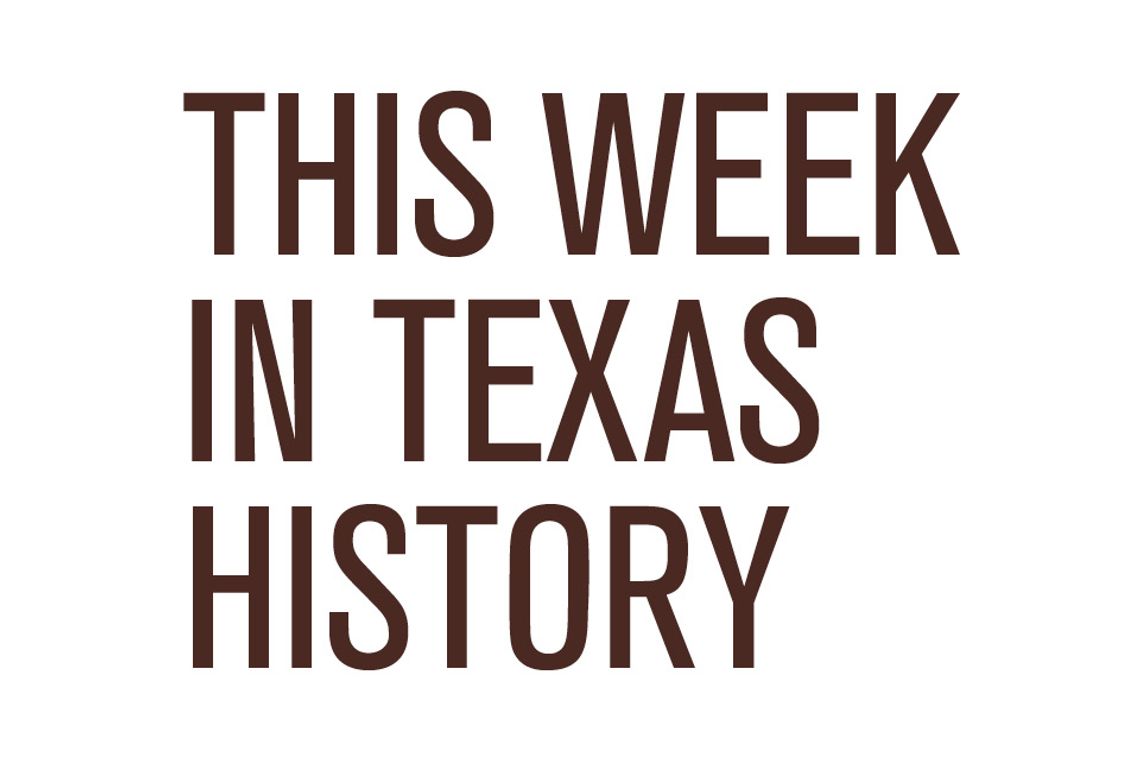Refusing to submit to peaceful eviction from the Lone Star Republic, the Cherokee warriors stood their ground on July 16, 1839 against the advancing Texans and thereby ensured a bloody day of reckoning for the Civilized Tribe.
The tide of public opinion had shifted ominously against the Cherokees since San Jacinto. The anti-Indian hysteria that swept the beleaguered nation did not distinguish between the allies of yesteryear and the Comanches, Apaches and other hostile bands terrorizing the frontier. When an angry consensus jelled in favor of ridding the Republic of all Indians, not even Sam Houston, lifelong champion of the Cherokees, could stop the coming confrontation.
A resolution passed by the provisional government in November 1835 reflected a high opinion of the East Texas tribe as well as the desire to enlist the Cherokees in the rebellion against Mexico. “We solemnly declare that they are entitled to our commiseration and protection, as the just owners of the soil, as an unfortunate race of people, that we wish to hold as friends and treat with justice.”
As the logical follow-up to this overture, Gen. Sam Houston signed a treaty in February 1836 with his old friend Chief Bowles, the Cherokee patriarch. During his youth and the dark days after resigning as governor of Tennessee, Houston had spent many happy months with the Cherokees. For the man destined to lead the Texans to victory, the peace pact provided a proud and satisfying moment.
The treaty affirmed the Cherokees’ right to the land in East Texas that they had occupied for two decades. Covering 150 square miles, their domain included the current counties of Smith and Cherokee plus portions of Rusk, Van Zandt and Gregg. Despite this generous gesture, the Cherokees watched the Lone Star Revolution from a neutral corner.
This standoffish attitude, coupled with the rumor that the tribe was poised to attack the retreating Texans should Santa Anna prevail at San Jacinto, created intense hostility. As president, Houston waged an uphill campaign for ratification of his treaty, but in December 1837 the Republic senate declared the agreement null and void.
The sinister Cordova Affair deepened doubts about Cherokee intentions. Vincente Cordova, a Mexican agitator, organized a well-armed rabble of 600 malcontents, Mexican sympathizers and renegade Indians for the overthrow of the unstable Republic. His regular meetings with Chief Bowles raised the specter of Cherokee collaboration with the Texans’ mortal enemies.
Ignoring repeated pleas from Houston, Bowles refused to disavow Cordova or to bar the insurgents from tribal lands. The revolt finally fizzled, but suspicions lingered about the Indians’ part in the plot.
The worst massacre in East Texas history occurred in October 1838, when 18 members of the Killough family were butchered in Cherokee territory. Indians under Cordova’s control were likely responsible for the slaughter, but in the eyes of Texas the blood of the slain settlers was on the Cherokees’ hands.
At this critical juncture, Mirabeau Lamar assumed the presidency. Opposed to the presence of any Indians in the Republic, he called for the expulsion of all tribes, a get-tough policy frightened Texans cheered.
Sensational documents seized in the spring of 1839 sealed the fate of the Cherokees. Searching for his comrade Cordova, Manuel Flores was killed by a Texas patrol. Papers discovered on his body implicated Chief Bowles in a conspiracy to assist the Mexicans in the reconquest of their lost province.
In June 1839, Lamar’s emissaries served Bowles with a terse eviction notice. After ten days of deliberations, the 83-year-old head chief informed the waiting Texans that his people would not budge. A subdued Bowles blamed younger chieftains and cocky braves, who believed they could whip the whites in a fair fight.
Near the banks of the Neches River in present-day Van Zandt County, the Texans found the Cherokees ready and waiting. The line of warriors stretched almost a mile. After an hour and a half of hand-to-hand combat, the badly mauled Indians fell back in total defeat.
Thrown from his wounded horse, Bowles rose only to be shot in the back. While other Texans urged mercy, Robert Smith, who had lost a relative to the Cherokees, rushed forward and killed the ancient chief with a single bullet to the head.
Further resistance was futile. At sunrise the demoralized survivors headed north for the Indian Territory with the Texans following at a safe distance.
Land lust and racial hatred were but two of the ingredients in the rout of the Civilized Tribe. Most Texans were willing to give peaceful coexistence a try until the Cherokees started playing high-stakes politics. Bowles’ risky game of intrigue invited and ultimately assured disaster.
“Murder Most Texan” is a must read for fans of true crime and Texas history. Order your copy for $24.00 by mailing a check to Bartee Haile, P.O. Box 130011, Spring, TX 77393.










